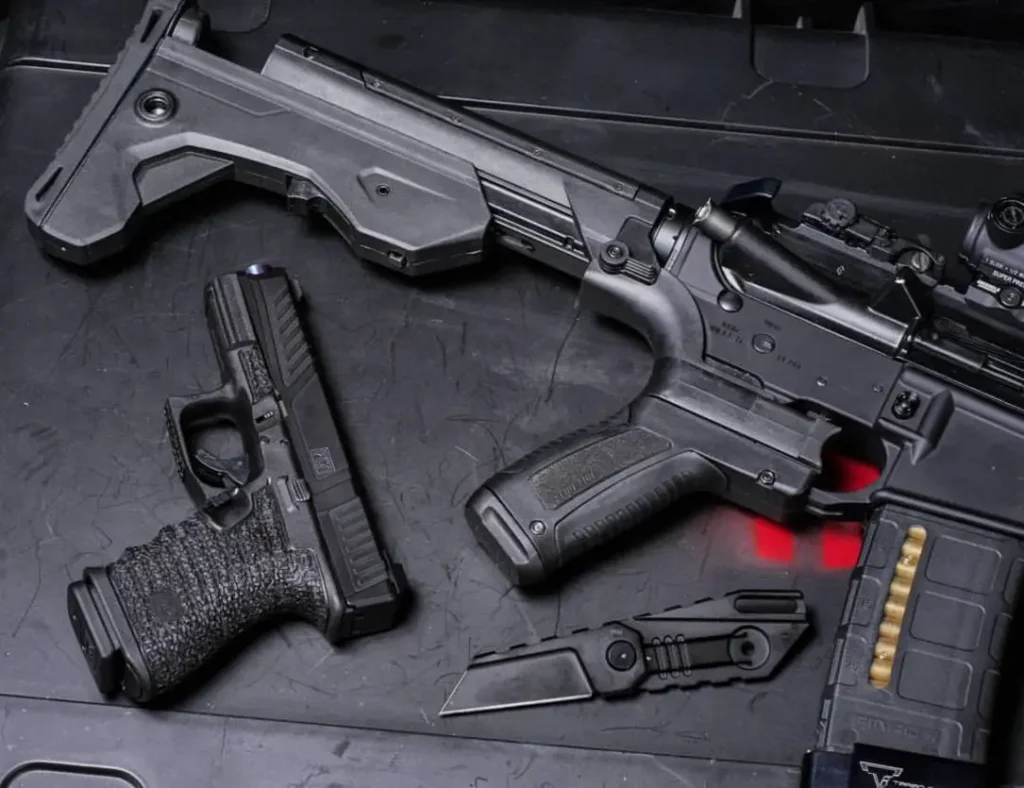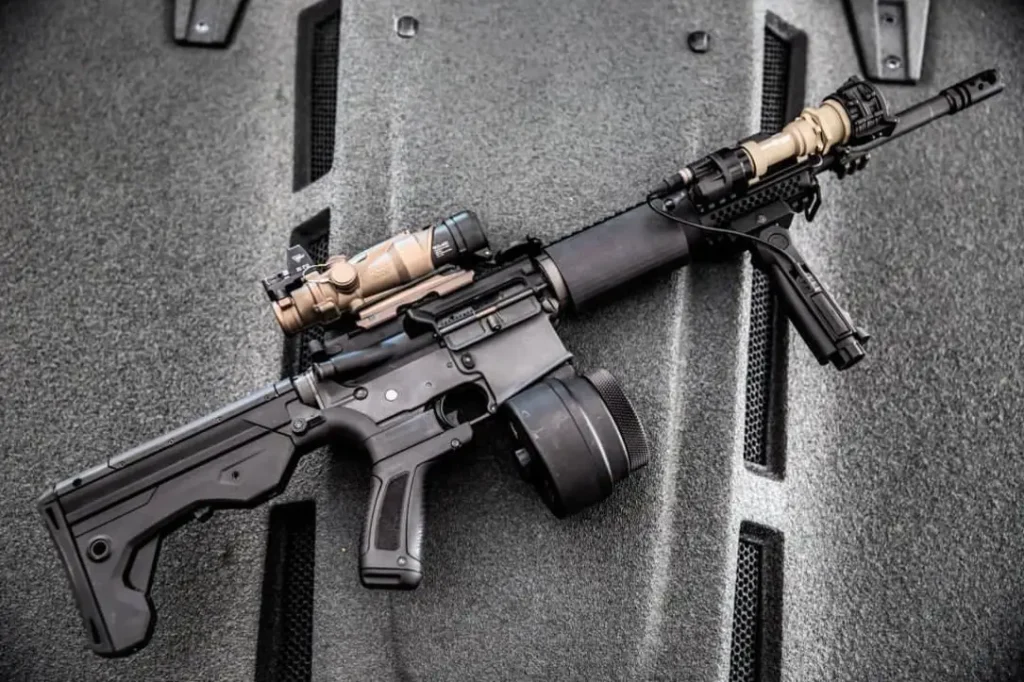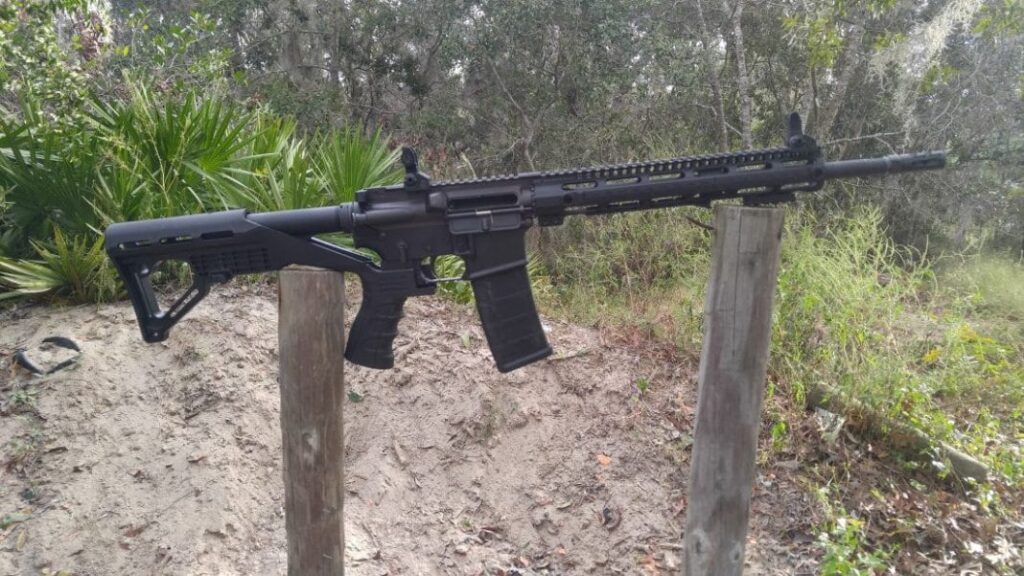
You start to feel like an old man when you realize that it’s been six years since 2018 and that 12-year-olds in 2018 are now adults. Adults and gun owners who really never got exposed to bump stocks. On June 14th, 2024, the Supreme Court ruled that, to the surprise of no one, Donald Trump’s unconstitutional bump stock ban had been declared unconstitutional, and the final rule was avoided.
Bump stocks are back on the menu, boys! In 2017, I wrote an article detailing just how silly they are and that they aren’t the boogeyman that the anti-gun crowd made them out to be. They were a silly and expensive way to waste ammo. I had a close friend who has since passed who really loved bump stocks and seemed to enjoy blasting through a mag of .223 Remington, and that’s what I mainly remember about bump stocks.
However, those 12-year-olds who are now adults and possibly gun owners may have never heard the ballad of the bump stock. I’m afraid that those younger gun owners might be in for a real disappointment.
What a Bump Stock Isn’t
A bump stock is not a machine gun. A rifle equipped with a bump stock is also not a machine gun. A bump stock attempts to replicate full auto fire by making it easier to pull the trigger. That’s what the intention is, anyway. In real life, it can be a hit-or-miss product, and there were, for a time, a wide variety of bumpstock devices. Some worked better than others.

The idea behind bump stocks is something called bump firing, and it’s nothing new. As soon as someone made semi-automatic firearms, someone figured out how to bump fire them. Bump firing is a technique that uses the weapon’s recoil to move the weapon and make it bump against the shooter’s finger. You don’t need a stock to accomplish this.
You can hook your thumb through a belt loop and place your trigger finger lightly against the trigger. Get your hand open and off the pistol grip. Now pull forward with your support arm, and the gun fires. Keep the forward pressure; the gun’s recoil will move it backward far enough to reset the trigger. If you keep forward pressure, the weapon will bump fire and provide a higher rate of semi-auto fire.
Throughout the 1990s and early 2000s, many devices promised to make bump fire easier. Anyone who went to a gun show during this period found their eyes assaulted by a TV screen showing demos of the famed Hell Fire triggers. People want full auto but often can’t afford the limited firearms on the registry, so they turned to alternatives.

How Does a Bump Stock Work
Bump stocks make bump firing easier. They make it possible to shoulder the rifle and use bump fire. The trick was the fact that the gun and stock were connected, but allowed the gun to slide rearward freely within the stock. The user needed to provide constant forward pressure and avoid pulling the grip and stock to the rear.
When done properly, the stock moves rearward under recoil and forward under the shooter’s manual pressure. This allows the finger to bump the trigger and creates a faster version of semi-auto fire.

A company called Slide Fire ruled the market. They created numerous bump fire stock designs for a variety of weapons. Slide Fire started with some fairly rudimentary stocks but slowly created more and more advanced versions of the bump fire stock. Before the company shuttered, its stocks looked rather nice and not so…uhm…well, crappy.
Are These Things Worth It?
Are they worth fighting the government to legalize and repeal unconstitutional dictator-like edicts? Yes, yes, they are, and they always will be. Fighting for every inch is worth it. Are they worth a hundred or so dollars?

To me, they are not. Have you seen the price of ammo? Bump stocks are fun for about a whole magazine, and then it’s just kind of a thing. I almost want to buy one in protest and celebration, but for now, I’d probably sink that hundred bucks into ammo or, even better, make a donation to GOA, SAF, and local gun rights organizations. We’ve beaten the pistol brace rule, the 80% lower rule, and now the bump stock rule.
If you want one, buy one; it’s your right as an American.



